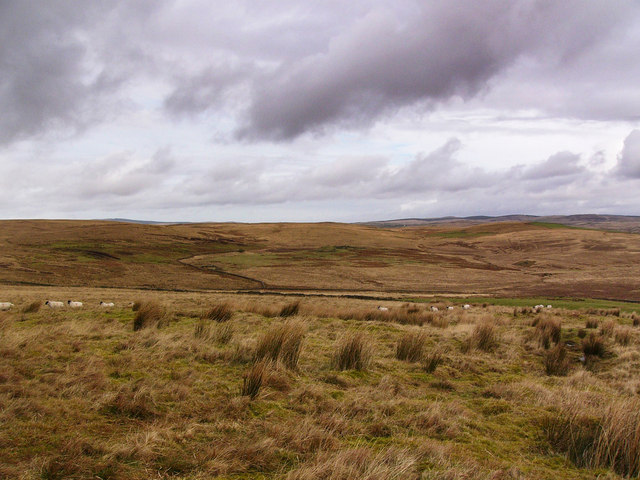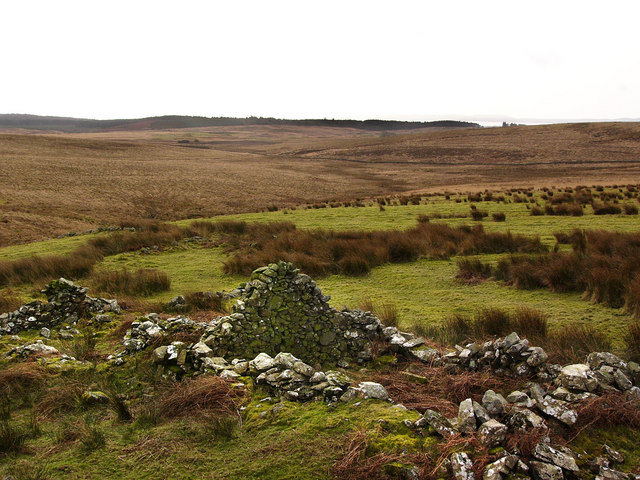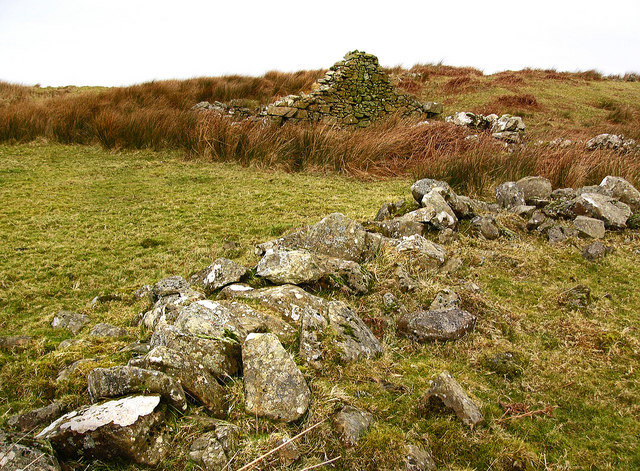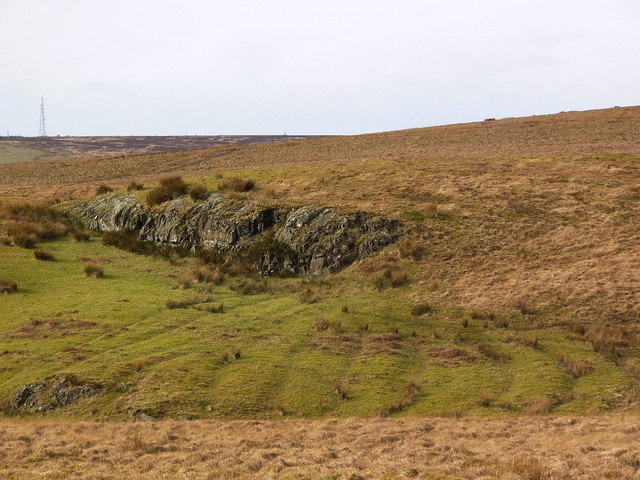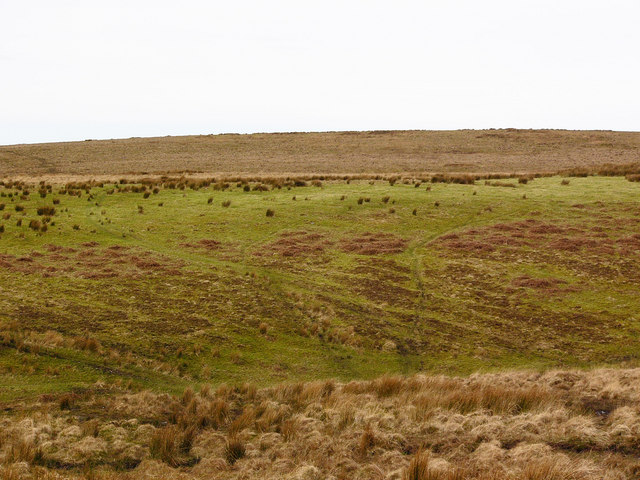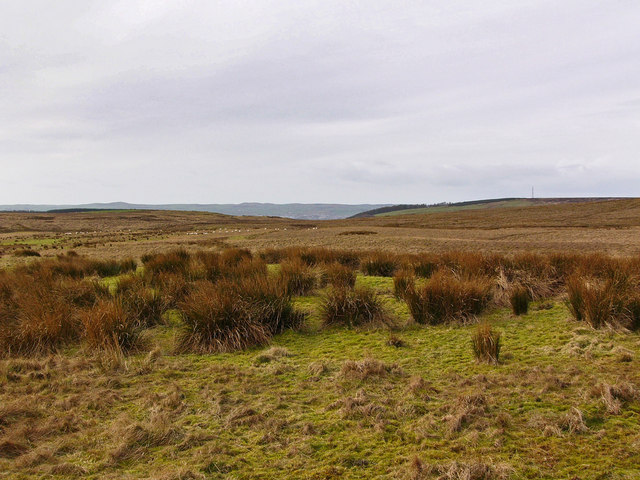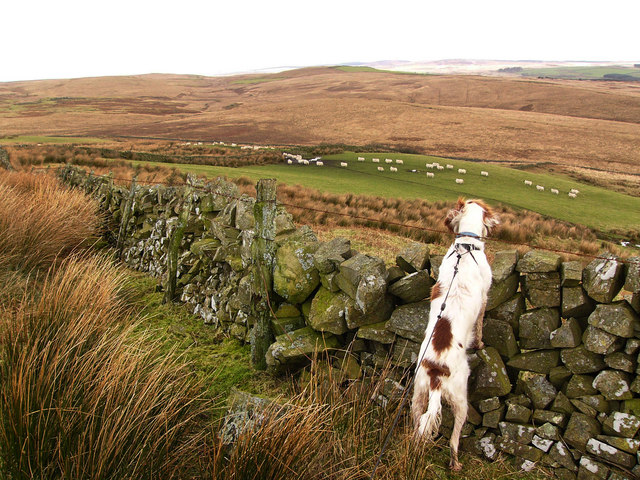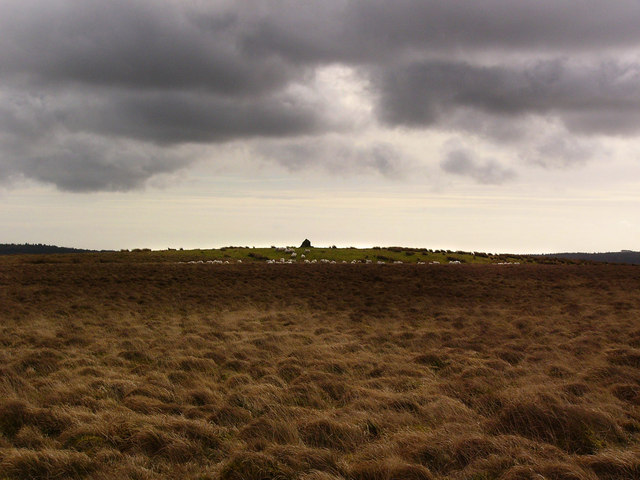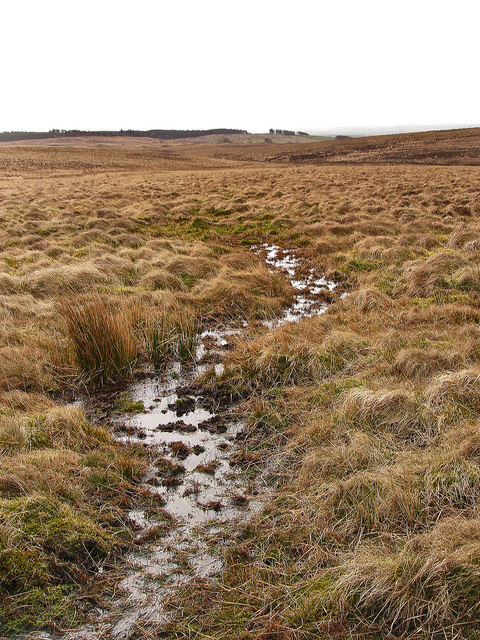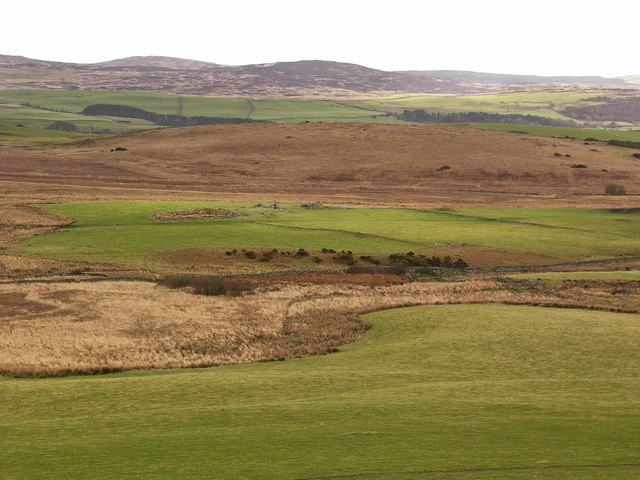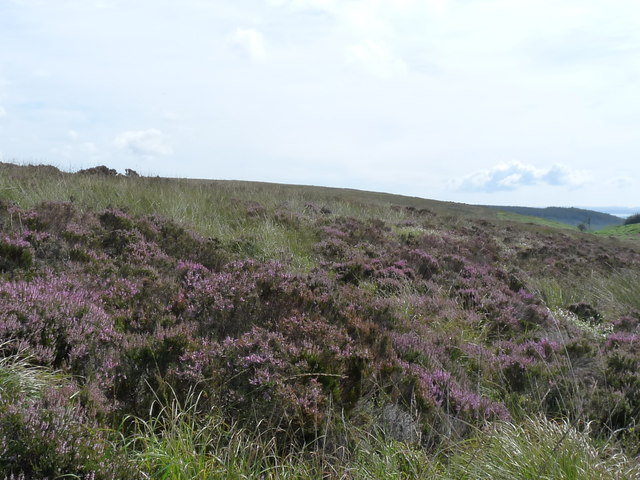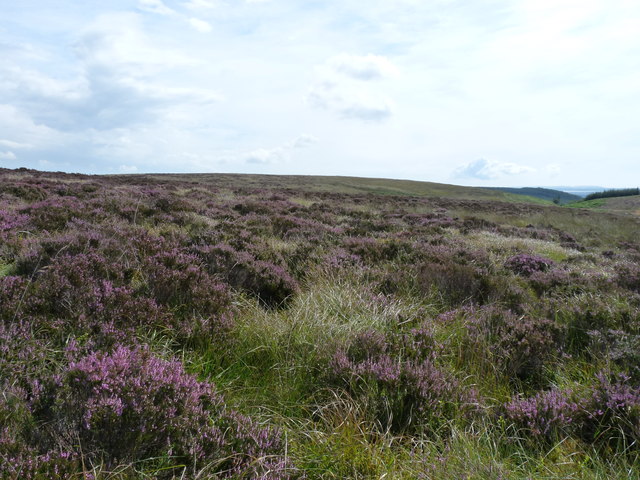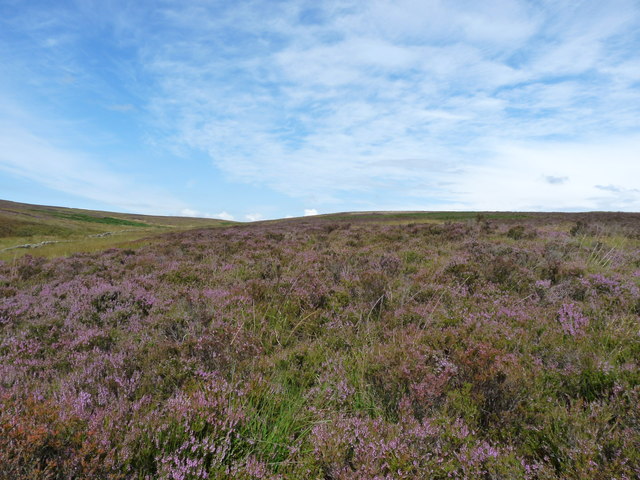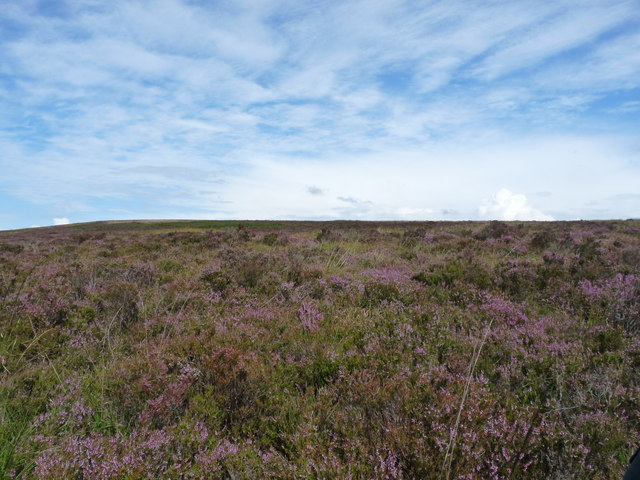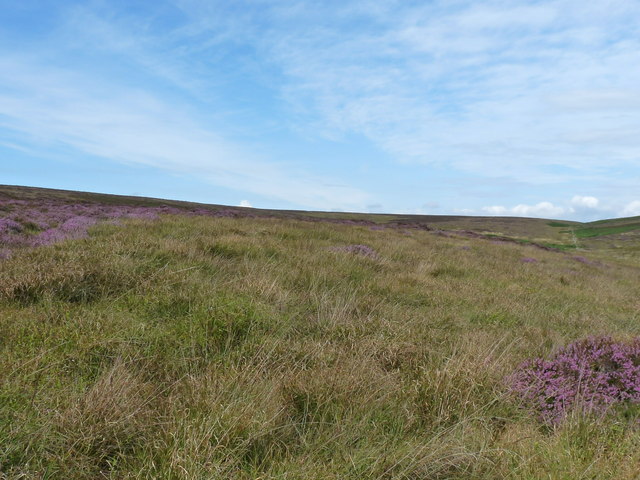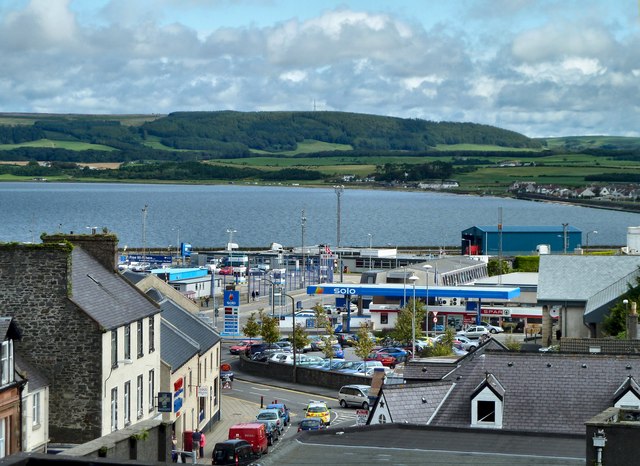Cairnscarrow
Hill, Mountain in Wigtownshire
Scotland
Cairnscarrow
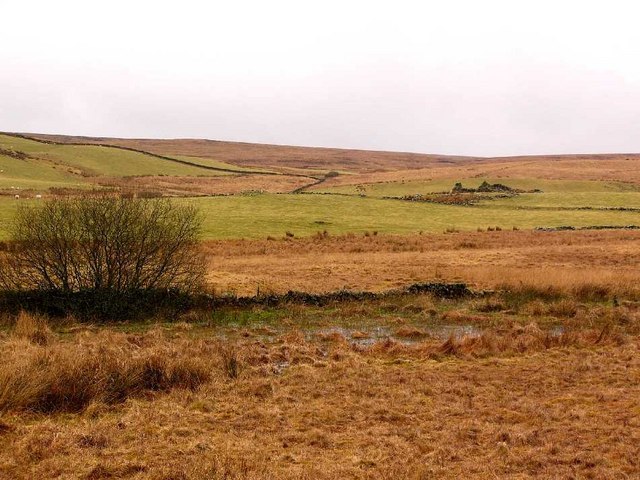
Cairnscarrow is a prominent hill located in Wigtownshire, Scotland. It is situated in the southwestern part of the country near the town of Kirkcowan. This hill is part of the Galloway Hills range, which is known for its picturesque landscapes and rugged terrain.
Cairnscarrow stands at an elevation of approximately 397 meters (1,302 feet) above sea level, making it a significant landmark in the area. Its distinctive shape and towering presence make it a popular destination for hikers, mountaineers, and nature enthusiasts.
The hill is characterized by its steep slopes and rocky outcrops, providing a challenging but rewarding climb for those seeking adventure. The summit offers breathtaking views of the surrounding countryside, including the rolling hills, forests, and nearby Loch Moan.
Cairnscarrow is also home to a diverse range of flora and fauna, with heather, grasses, and wildflowers covering its slopes. The hill provides a habitat for various bird species, such as ravens, buzzards, and peregrine falcons, making it a haven for birdwatchers.
In addition to its natural beauty, Cairnscarrow holds historical significance. The hill is believed to have been used as a burial site during ancient times, with several cairns (piles of stones) found on its slopes. These cairns are thought to date back to the Bronze Age, adding an element of mystery and intrigue to the area.
Overall, Cairnscarrow is a captivating hill in Wigtownshire, offering both physical challenges and stunning vistas to anyone willing to explore its rugged terrain.
If you have any feedback on the listing, please let us know in the comments section below.
Cairnscarrow Images
Images are sourced within 2km of 54.942937/-4.9110654 or Grid Reference NX1364. Thanks to Geograph Open Source API. All images are credited.
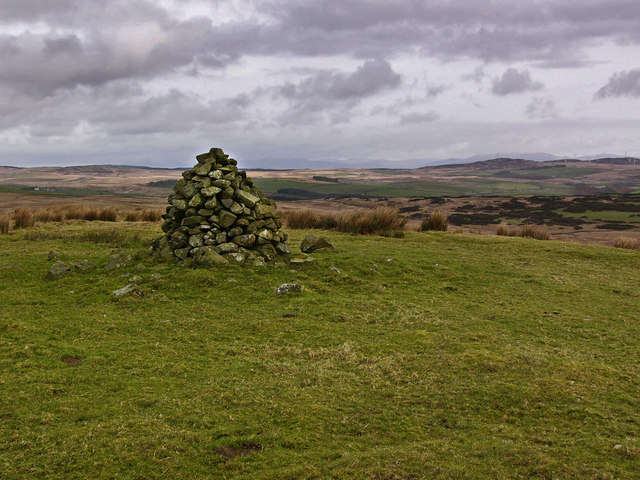
Cairnscarrow is located at Grid Ref: NX1364 (Lat: 54.942937, Lng: -4.9110654)
Unitary Authority: Dumfries and Galloway
Police Authority: Dumfries and Galloway
What 3 Words
///equality.chosen.bookshelf. Near Cairnryan, Dumfries & Galloway
Nearby Locations
Related Wikis
Inch, Dumfries and Galloway
Inch is a civil parish in Dumfries and Galloway, southwest Scotland. It lies on the shore of Loch Ryan, in the traditional county of Wigtownshire.The...
New Luce railway station
New Luce railway station served the village of New Luce, Dumfries and Galloway, Scotland from 1887 to 1965 on the Girvan and Portpatrick Junction Railway...
New Luce
New Luce (Scottish Gaelic: Baile Ùr Ghlinn Lus) is a civil parish in Dumfries and Galloway, south-west Scotland. It lies in the traditional county of Wigtownshire...
Castle Kennedy (castle)
Castle Kennedy is a ruined 17th-century tower house, about 3 miles (4.8 km) east of Stranraer, Dumfries and Galloway, Scotland, around 0.5 miles (0.80...
Nearby Amenities
Located within 500m of 54.942937,-4.9110654Have you been to Cairnscarrow?
Leave your review of Cairnscarrow below (or comments, questions and feedback).
